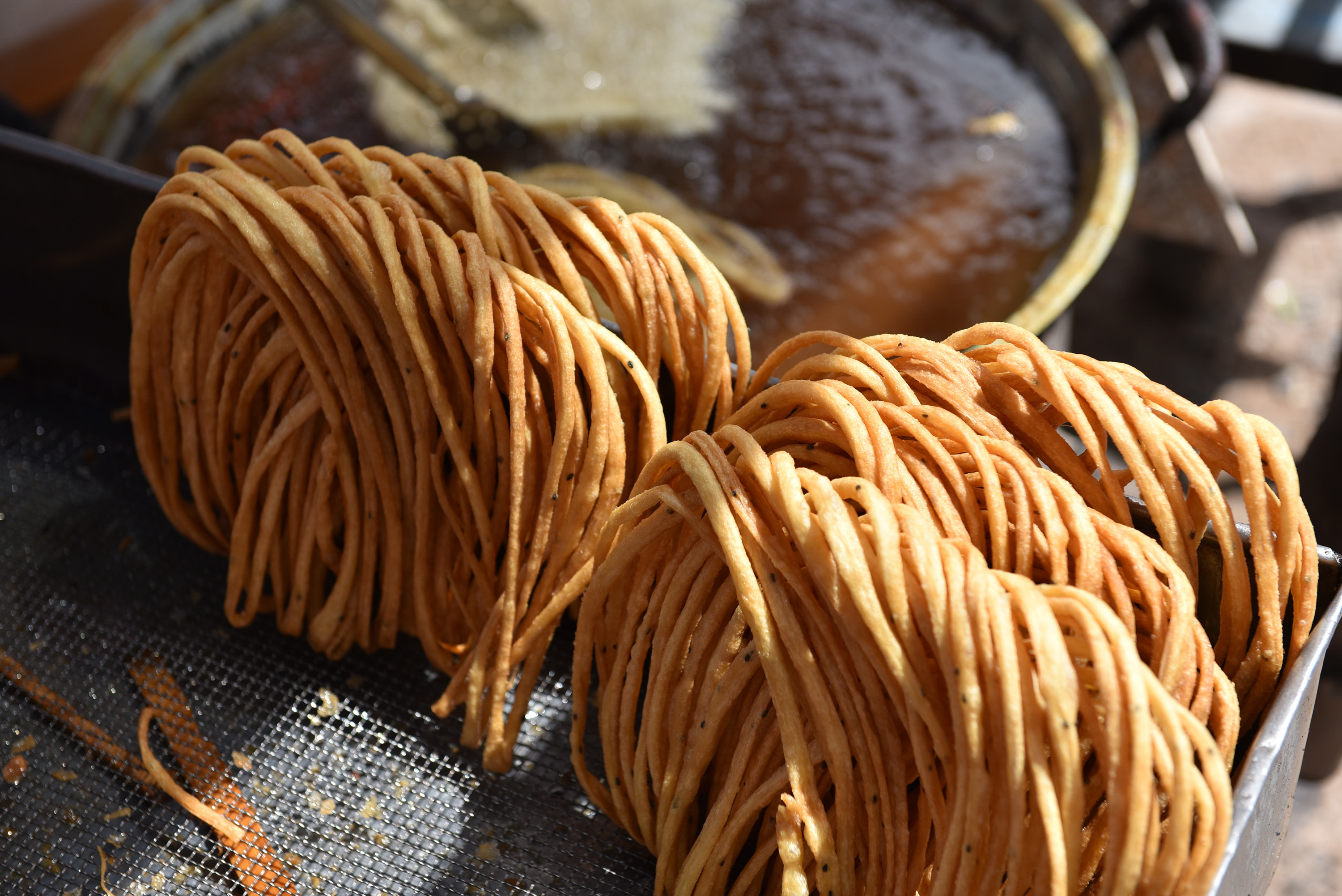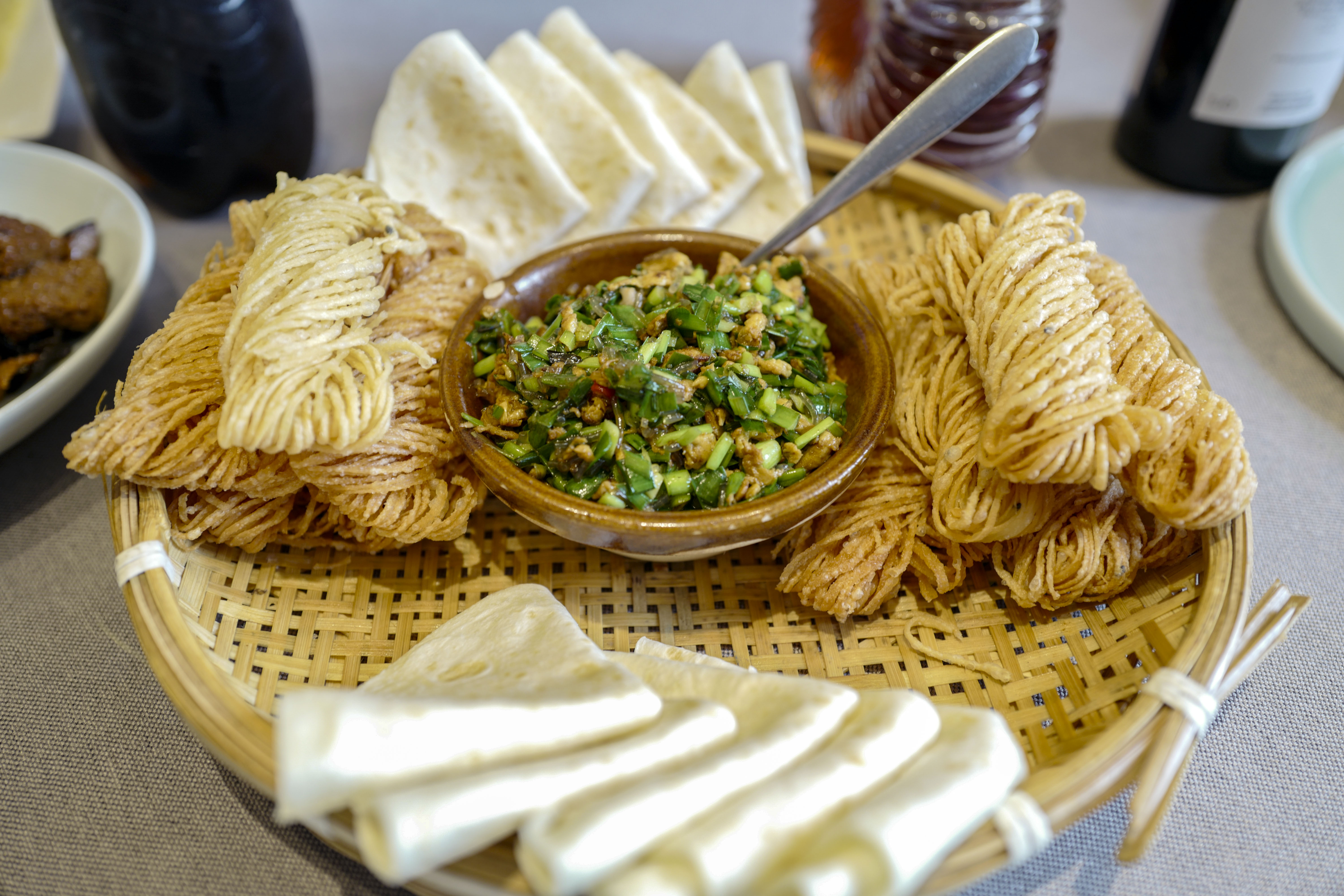A file photo shows sanzi, or fried dough twists, which have just been cooked. /IC Sanzi, or fried dough twists, in the Yangtze River Delta region are usually made with sesame oil and eaten with other food. /IC A file photo shows a chef in Lanzhou, Gansu Province makes sanzi, or fried dough twists. /IC Sanzi, or fried dough twists, is a cherished traditional snack in China during Qingming Festival, with its origins dating back to the "Cold Food Festival" during the Spring and Autumn Period (770-476 BC). This traditional festival marked a day of refraining from cooking over fire and avoiding hot food. Over centuries, it seamlessly integrated into Qingming Festival, beginning from the Tang Dynasty (618-907). By the Qing Dynasty (1644-1911), Cold Food Festival had transformed into a symbolic event, gradually merging with Qingming Festival and shedding its original customs. Despite these changes, sanzi remains beloved by people of all generations. Its elongated shape symbolizes the continuity and legacy of life, adding a deeper significance to this seasonal delicacy enjoyed by all. 


Sanzi: A taste of tradition and heritage during Qingming Festival
Editor:田兴雨
Source:CGTN
Updated:2024-04-07 10:13:47
Source:CGTN
Updated:2024-04-07 10:13:47
Special
Contact
Welcome to English Channel! Any suggestion, welcome.Tel:0731-82965627
lisl@rednet.cn
zhouqian@rednet.cn











